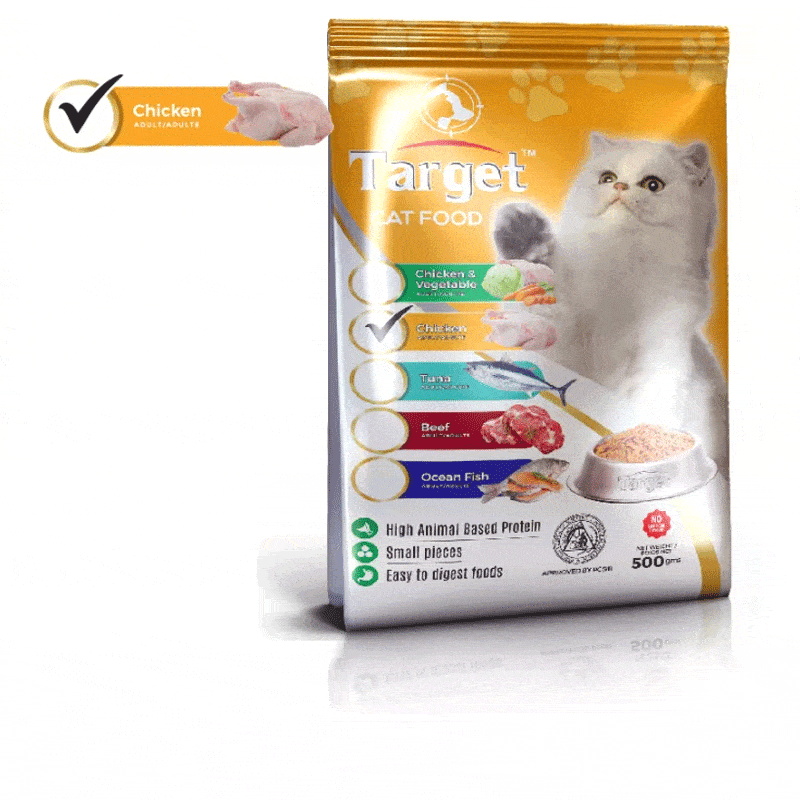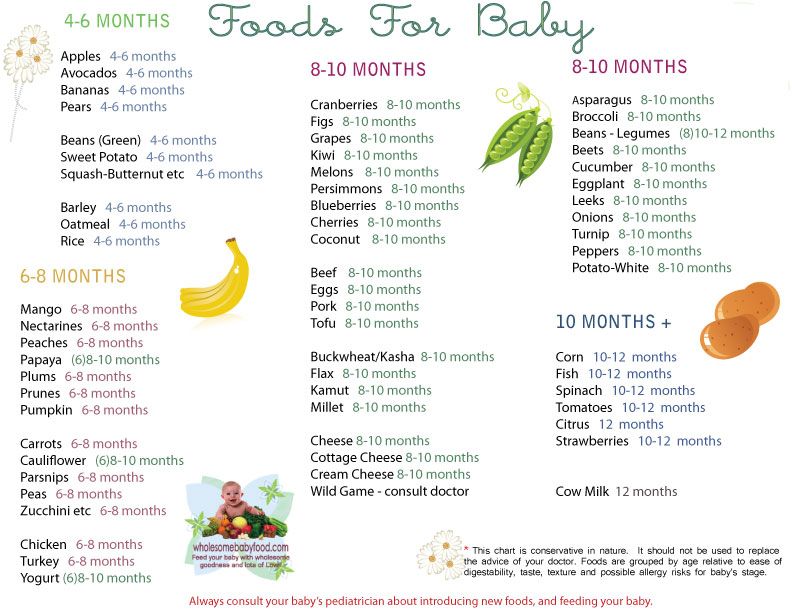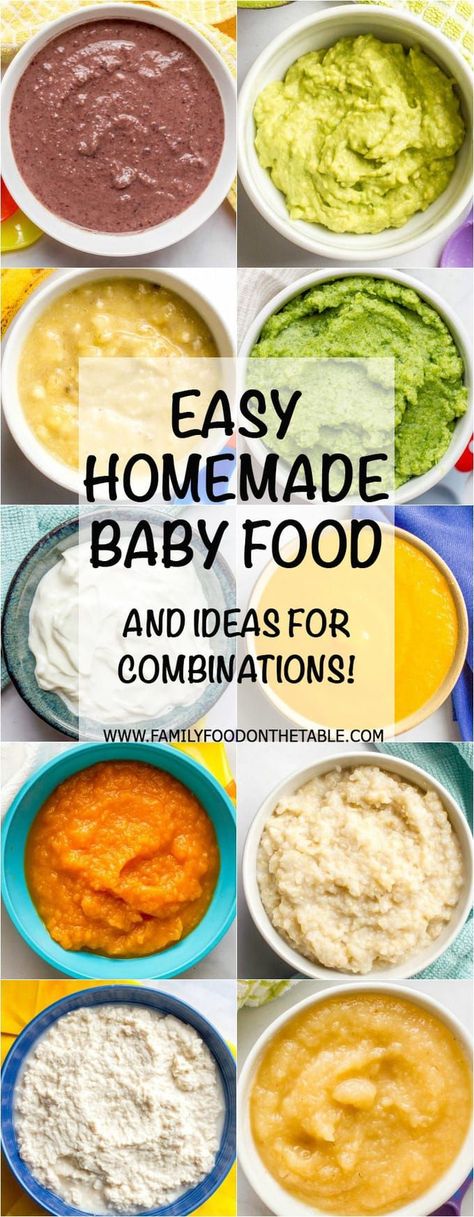Easiest baby food to digest
Food For 6-8 Month Old Babies | Introducing Solids
These tips are brought to you by
Signs my baby is ready for solids?What if my baby refuses solid food?What about allergic reactions?Preparing food for babyBe prepared for mess!How to prevent your baby from chokingTop Tips
It is recommended that you start your baby on solids at around six months of age while continuing to breastfeed until twelve months or longer. At this age small amounts of cooled boiled water may also be offered in a cup.
It is recommended that you start your baby on solids at around six months of age while continuing to breastfeed until twelve months or longer. At this age small amounts of cooled boiled water may also be offered in a cup.
Signs my baby is ready for solids?
- From six months of age it is recommended to introduce your baby to solids.
- Your baby should be sitting up straight and have good head, neck and shoulder control by this time.
- Signs of readiness: an increased appetite; your baby is asking for more frequent milk feeds, showing more hand to mouth behaviour, showing interest in food, including the food on your plate.
Some babies will prefer to start with soft foods (mashed or grated) from a spoon and others will prefer to start with soft finger food. There is no set order for the best baby food to be introduced but it is strongly recommended that foods which include iron are included in the healthy diet.
Start with offering mashed foods that are easily digested which may include:
- vegetables (eg pumpkin, potato, sweet potato, taro) fruits (eg cooked pears/apple, ripe banana)
- well cooked rice or iron enriched rice cereal.

- coarsely mashed fruit and vegetables,
- well cooked: minced, stewed or grated meat (cook, freeze then grate)
- fish – bones removed
- legumes (eg lentils)
- pasta and bread (e.g. toast fingers and rusks)
Many babies will only eat a tiny amount to start with (less than ½ teaspoon) while other babies may surprise you by wanting more. Let your baby tell you when they are hungry and full. For example as they get full they don't show as much interest and may look away more. You can find great baby food recipes here.
What if my baby refuses solid food?
Not all babies are ready to start eating solid foods. Remember the food offered during the first couple of months is about helping your baby to learn new tastes, textures and smells. If baby is continuing to refuse food, try offering solids before giving the milk feed, when you are both relaxed and your baby is calm and alert, showing obvious signs of hunger. Eating is a social event and the more times you and or your family eat together the more your baby learns to eat & enjoy what the family is eating.
Eating is a social event and the more times you and or your family eat together the more your baby learns to eat & enjoy what the family is eating.
What about allergic reactions?
If allergy is a problem in your family seek advice from your child and family health nurses or doctor about baby allergies before starting solids.
Preparing food for baby
When preparing foods, food safety is important. Always wash your hands before you begin and ensure the area you are using to prepare the food is clean. You can also use different coloured boards for food types: one each for chopping meats, fruits and vegetables. If you’re using a microwave oven to heat baby’s food, always stir food thoroughly before serving, and check the temperature.
Be prepared for mess!
- Playing with food is your baby’s way of exploring new textures and learning to eat family foods
- To help your baby learn to eat different tastes and textures it is important for your baby to practice by offering a variety of foods in different sizes and texture
- Babies very quickly like to help feed themselves, so give them a spoon to hold from the start
How to prevent your baby from choking
- Always remaining with your baby while they are eating
- Using a safety harness when your baby is in a high chair or low chair to prevent your baby from moving around whilst eating
- Avoiding giving nuts, small hard foods (such as raw or undercooked pieces of hard fruit and vegetables, popcorn, rice cakes and cocktail frankfurts) and small slippery foods (such as whole grapes and whole cherry tomatoes)
TOP TIPS
- Until twelve months cow’s milk should only be used in small amounts to mix with family foods and in cooking
- Avoid nutrient poor foods with high levels of saturated fat, sugar, or salt (e.
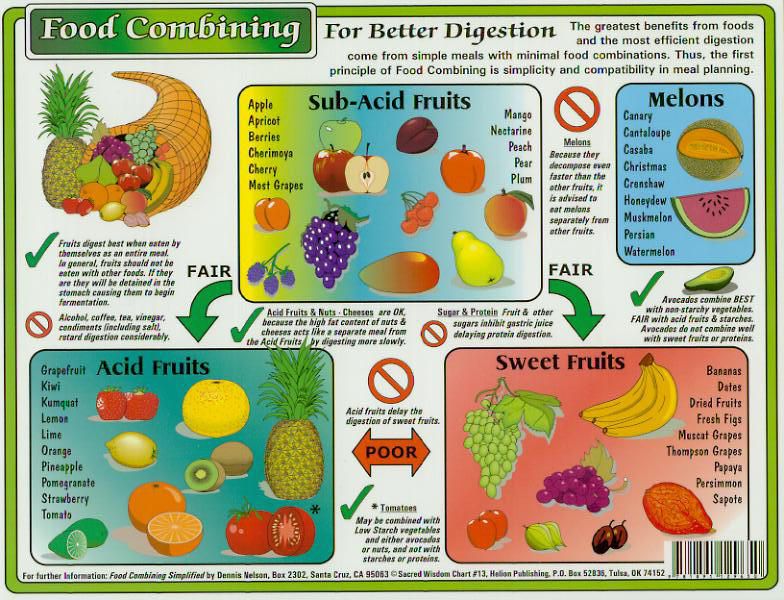 g. cakes, biscuits, confectionery and potato chips).
g. cakes, biscuits, confectionery and potato chips).
- If possible try and feed your baby with the rest of the family. Your baby will soon learn that meal times are not just about food but also about social interaction.
The (Surprising) Best Foods to Start With
Is baby ready for solids? Here are the top eight real and healthy first foods to start your baby on the right foot. Plus, three common first foods to avoid.
Once you know your baby is ready to try some solid food, the question becomes, what is the best first food? (No, it’s probably not a smash cake.)
Baby’s First Food
For most of us moms, we can’t wait till baby is 6 months old to introduce solids, at which point we may give baby pureed apples or avocado, or go the baby-led weaning route and give baby a few pear slices to gnaw on.
Good nutritional choices, right? Yes, but keep in mind that babies have special nutritional needs that benefit from a blend of animal and plant foods. (Our digestive tracts are designed for an omnivore diet, after all.) While kale and quinoa are great, they’re not necessarily the best first foods for baby.
Best First Foods for Baby
The foods below are extremely nutrient-dense. This is crucial, since baby’s digestive tract is still very small and immature—baby needs the biggest nutritional bang for his or her buck.
1. Egg yolk
While many parents might pause at introducing a highly allergic food like egg to a 6-month-old baby, new research shows that early introduction is critical to actually reduce the likelihood of food allergies. (source)
Start with the egg yolk, since it’s the easiest to digest and contains the most nutrients like choline (great for baby’s brain and eyes) and necessary cholesterol—the building block for all hormones. (source) Egg yolks also contain important minerals that baby needs right now, like calcium, zinc, selenium, phosphorus, and vitamins E and B6.
(source) Egg yolks also contain important minerals that baby needs right now, like calcium, zinc, selenium, phosphorus, and vitamins E and B6.
To prepare: Gently poach or cook egg yolks with a little butter, ghee, or coconut oil on the stovetop. Keep the egg yolk soft and a little runny for easier digestion.
2. Avocado
When it comes to baby’s first food, avocado is a great choice. It contains lots of healthy fats, as well as the almighty mineral magnesium, which is so crucial to our health yet is harder to get through food. Avocado also contains B vitamins, including niacin, vitamin E, vitamin K, potassium, folate, and fiber.
To prepare: Peel and cut into long slices if you want your child to self-feed. You can also mash and spoon-feed. It’s delicious with banana for a 1:1 ratio.
3. Blended red meat
Why red meat? It’s one of the only foods high in three key nutrients that babies can be deficient in: iron, zinc, and vitamin B12.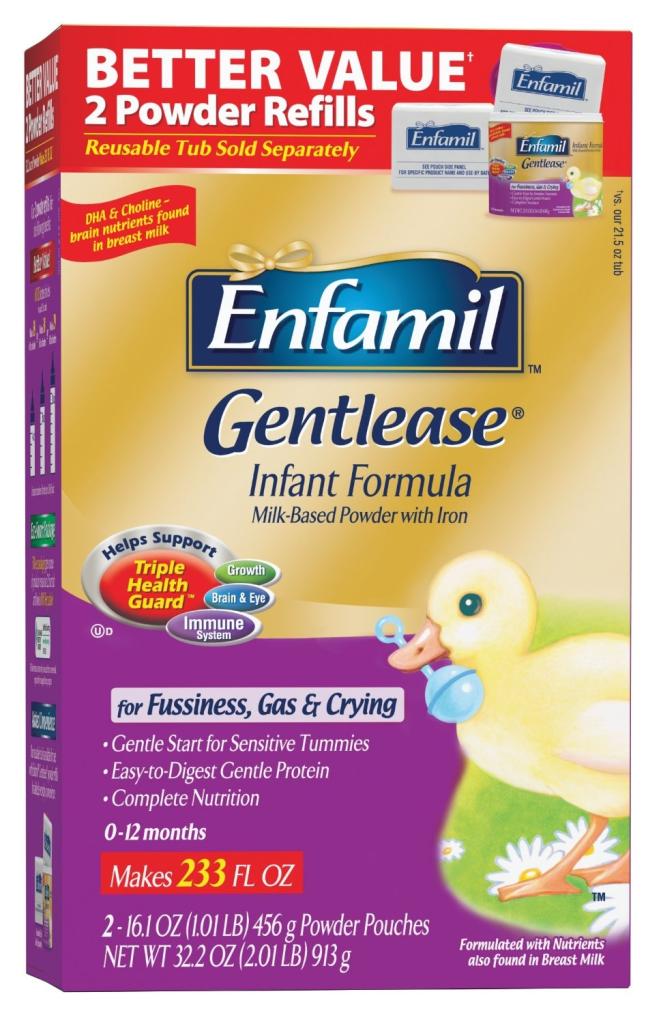 (source)
(source)
Keep in mind that breastmilk is low in iron (unlike formula), so baby must get it through his/her diet, but plant sources of iron are difficult to convert to a usable form, especially in a baby’s immature digestive tract.
To prepare: Get organic, pasture-raised beef or lamb. Ground beef, a tender roast, or lamb chops are all great options. Cook gently and chop into tiny pieces if baby is self-feeding. Or, put it in a blender with some broth or water and blend into a creamy puree to spoon feed.
4. Banana
Some people believe that baby’s first foods shouldn’t include any fruit, because baby show a preference for the sweetness. Truth is, baby already has a preference for sweetness, thanks to breastmilk. Don’t worry about baby becoming a sugar bug because of fruit. Bananas are a great first carbohydrate source for babies, because they contain amylase, an enzyme necessary for the digestion of carbohydrates (like bananas). Bananas are also a great source of vitamin B6, vitamin C, manganese, magnesium, and potassium.
Bananas are also a great source of vitamin B6, vitamin C, manganese, magnesium, and potassium.
To prepare: Serve very ripe bananas with brown spots—the starch has converted to a simple sugar, making it easier to digest. Peel and cut in half for self-feeders, or mash up with a little avocado or breast milk.
5. Winter squash
Another easy-to-digest carbohydrate is well-cooked winter squash (i.e. acorn, butternut). And due to its low nitrate content, it’s a safe first food for baby. Squash is also high in vitamin A, vitamin C, magnesium, potassium, and manganese.
To prepare: Cut open the squash and remove the seeds. Roast it in the oven for about an hour at 350 degrees, or until the squash is soft and the skin easily separates from the vegetable. Alternatively, put it in your Instant Pot with 1 cup of water and cook for 7 minutes. Let cool and scoop out the flesh. Cut it into slices for self-feeders or mash with a little butter or fat, which helps convert the beta-carotene into usable vitamin A.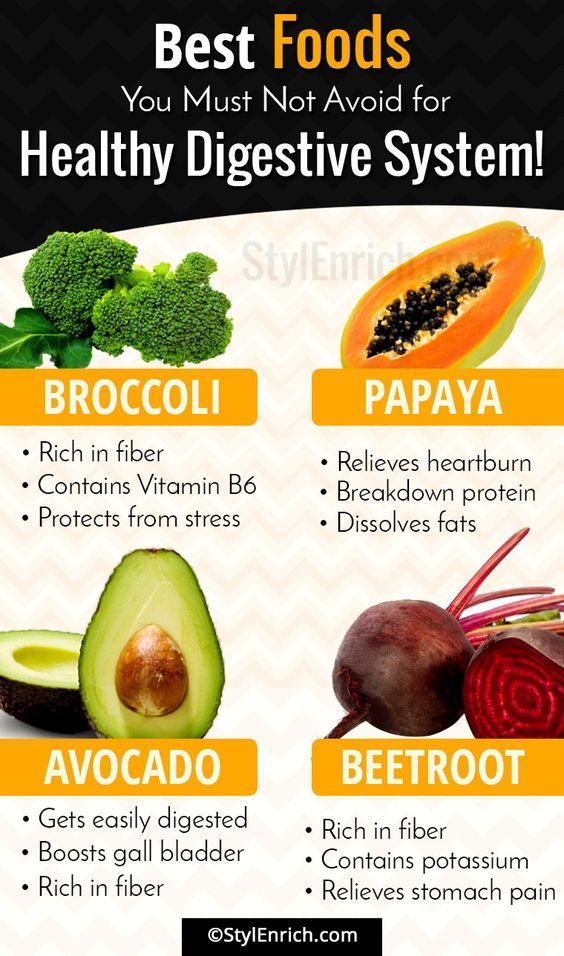 (source)
(source)
6. Yogurt
Organic whole yogurt is an excellent first dairy food, because it’s pre-digested and easier for baby to consume. It’sa well-balanced food with healthy fat, protein, and milk sugar to nourish baby. Plus, it’s high in calcium, vitamin D, and phosphorus. Yogurt is also naturally rich in health-promoting probiotics to help colonize baby’s gut with beneficial bacteria.
Note: Conventional wisdom said to wait until baby hit 8 or 9 months before serving yogurt, but new research shows that earlier introduction of common allergen foods, like dairy, may help prevent food allergies. (source) Of course, if you have a family history of dairy allergies or your child is immune compromised, it’s vital that you speak with your child’s pediatrician regarding best first foods for baby. Your doctor may recommend something like Ready Set Food as a safer and more scientific approach to introducing allergens.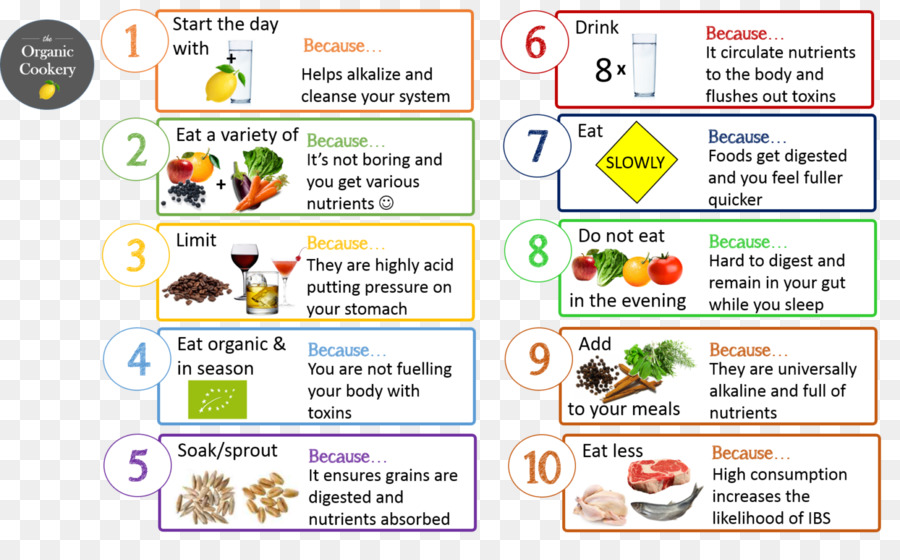
To prepare: The key to introducing dairy is to go slow and watch for reactions. Start with 1 teaspoon of yogurt and serve to baby. Wait a day or two and slowly increase the quantity until you can serve 1/4 cup a day.
7. Green peas
If you want to introduce baby to green foods, start with green peas, which are high in resistant starch. Just as it sounds, this means they’re resistant to digestion, and pass through the stomach and small intestine into the large intestine, where it feeds good gut bacteria.
You may be surprised to learn that this small legume contains a wide range of vitamins and minerals. Just 1/2 cup of peas has 4 grams of fiber, 4 grams of protein, 34 percent of your daily value of vitamin A, and 34 percent of your daily value of vitamin K—a nutrient that can be particularly low in babies. (source)
If baby resists the taste, sweeten the deal by pureeing the green peas with some squash.
8.
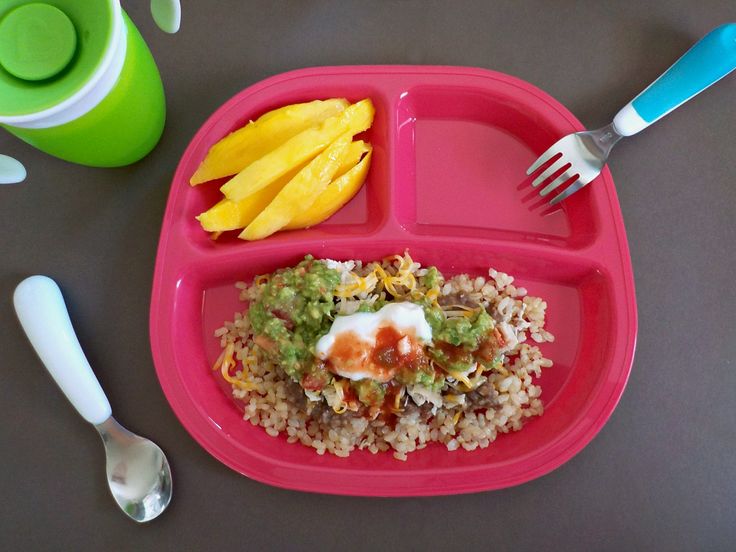 Organ meats
Organ meatsOK, I know this sounds out there, but organ meats are the most nutrient-dense of all animal foods. They used to be part of the American diet, but fell out of favor in the ’60s and ’70s. Most organ meat is high in true vitamin A, which is extremely important to baby’s development. Liver also contains vitamin A, D, all B vitamins, folate, zinc, and CoQ10. Chicken liver has a good amount of iron as well.
To prepare: A little goes a long way. Purchase high-quality, grass-fed chicken, beef, bison, or lamb liver. Cook over medium heat in a frying pan in a little ghee or coconut oil. Once one side is brown (not browned or burnt), flip the liver and brown the other side. (It cooks fast, so keep your eye on it.) Allow to cool and grate 1 tsp to 1 TB of liver over baby’s egg yolk or banana mash. Or, chop it into small pieces if baby is self-fed.
The (Surprising) Best First Foods for Baby – baby post by Mama Natural Pinterest
Get free updates on baby’s first year! – Free Updates on First Year [In-article]
Sign me up!
Nutrients for Baby
Want to expand baby’s menu beyond these eight items? There’s a saying: “food before one is just for fun,” and while that may be true when compared with an adult’s consumption, there are some important nutrients that baby needs from solids as he/she moves beyond 6 months of age.
According to Weston A. Price’s research (a dentist who spent 10 years researching the diets of different cultures to see what nutrients children most need to develop optimally), nursing babies at around 6 months of age need:
- Protein
- Fat
- Iron
- Zinc
- B6
- Niacin
- Vitamin E
- Calcium
- Phosphorus
- Magnesium and other trace minerals
- Omega 3 and omega 6 fats (in the proper balance)
At around 8 months, baby also needs:
- Vitamins A, B, C, D, and K
- Potassium
Foods to Avoid
While baby’s palate may be quickly expanding, baby shouldn’t have free reign. Here are a few foods parents should not feed to babies (some of them are rather surprising!):
1. High-nitrate foods
Root and leafy vegetables—think spinach, celery, lettuce, radishes, beets, turnips, and collard greens—are all very high in nitrates. Nitrates can turn into nitrites, which then turn into nitrosamines (a known carcinogen) in the stomach.
Nitrates can turn into nitrites, which then turn into nitrosamines (a known carcinogen) in the stomach.
When to introduce? Wait until 6-8 months to give baby root vegetables; wait a year to give baby leafy greens. It’s also helpful to serve these foods with vitamin C-rich foods to avoid this nitrate to nitrite to nitrosamine conversion.
2. Acidic foods
Tomatoes and citrus can irritate the digestive tract in young babies.
When to introduce? Wait until at least 9 months.
3. Sweeteners
You obviously want to avoid giving your child too many sweets or processed foods. However, there is a time and place for a treat… for example their smash cake.
When to introduce? Natural sugars—think honey, maple syrup, or blackstrap molasses—may be introduced after baby’s first birthday in very small doses. (Raw honey can be very dangerous if offered to baby before the age of one. ) You can also sweeten things using fruit (date, banana, applesauce, etc.).
) You can also sweeten things using fruit (date, banana, applesauce, etc.).
What About Grains?
Whole grains can round out a healthy diet for young children, but don’t rush to serve them as a primary source of solid fuel. Newborns have almost no pancreatic amylase, a important enzyme that digests complex carbohydrates. (They do make plenty of salivary amylase by 6 months, which is designed to digest simple forms of carbohydrates found in fruits, vegetables, and breastmilk.)
So babies can’t digest grains?
While baby’s pancreas may not digest complex carbs very well, studies show that very little undigested starch is left in their poop. This may imply that the good bacteria in the colon uses this undigested starch as “food,” helping to populate their large intestine with good bacteria. We all know the benefits of a diverse and robust microbiome, including lower risks for just about every inflammatory disease out there, so incorporating pre-soaked, well-cooked grains to infants can be a good practice.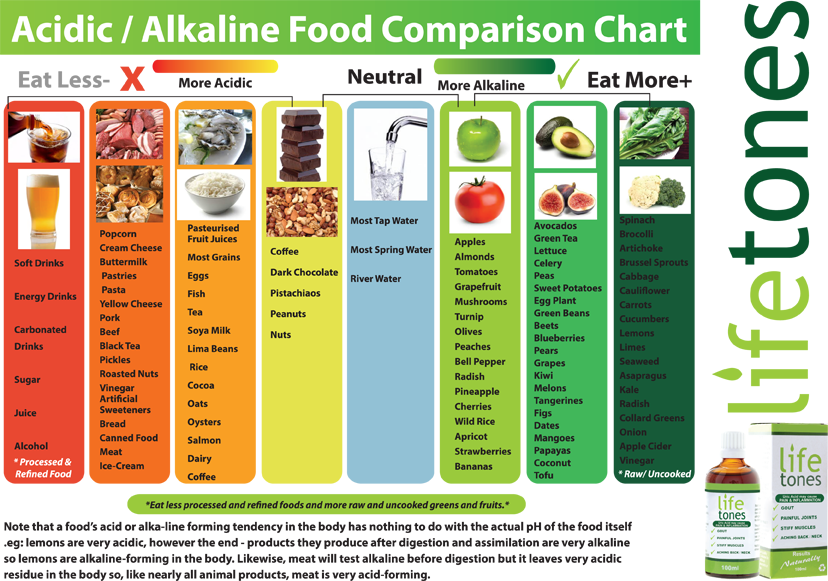
When to introduce? You can introduce grains at 6 months with a tablespoon or two of cooked grain a day. By 7-8 months, you can increase as appropriate, balancing with healthy fats, proteins, and fruits and veggies.
To prepare: Soak millet, quinoa, oats or barley in filtered water overnight with a dash of raw apple cider vinegar to help pre-digest grain. Cook long and slow so that the grain mixture turns into a type of porridge. Once cooled, add breastmilk to increase amylase content (yes, breast milk is rich in this starch-eating enzyme) and serve with a spoon.
What About Allergens?
Unfortunately, food allergies are on the rise. In fact, according to a new report, emergency room visits for anaphylaxis (an acute allergic reaction) more than doubled in children from 2010 to 2016. Those are some scary statistics when you’re thinking about what to feed your little one. The good news? There’s growing evidence that when babies are introduced to common allergens before their first birthday, they are less likely to develop allergies.
The importance of early and frequent allergen introduction starting at 6 months
As noted above, new studies about food allergy prevention show you can lower your child’s risk of developing a food allergy by up to 80 percent through early and sustained allergen introduction. What qualifies as early? Research shows that pregnant moms who eat nuts are less likely to have babies with nut allergies. And further research shows that once baby is ready to eat solid food around 4-6 months (See why Mama Natural recommends waiting until at least six months.), children at high risk of developing a peanut allergy were far less likely to develop an allergy when introduced to peanuts before they turned 12 months.
The key to prevention is not only dependent on timing, but also what you’re feeding baby and how often. Start with peanut, egg, and dairy foods like cheese or yogurt (don’t give baby cow’s milk to drink until they’re 12 months old), since they represent over 80 percent of the most common childhood food allergies.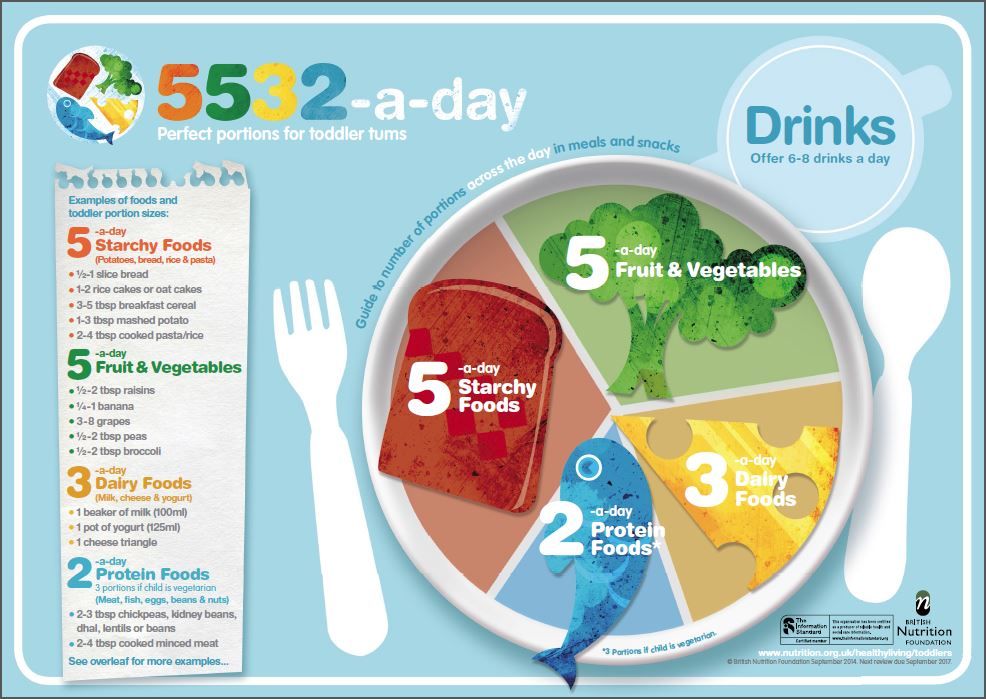 If you’re not sure how to get started, check out companies like Ready, Set, Food that have scientifically proven programs to help parents gently and slowly introduce known allergens. (Read more about allergen introduction.)
If you’re not sure how to get started, check out companies like Ready, Set, Food that have scientifically proven programs to help parents gently and slowly introduce known allergens. (Read more about allergen introduction.)
A Final Word on the Best First Foods for Baby
Babies thrive by eating solids from both the plant and animal kingdom. By nourishing your little one with nutrient-dense foods, they will have brighter minds and moods, physical strength, healthy immune systems, and protective microbiomes. Getting things off to a great start now, with these best first foods for baby, will help ensure lifelong health.
References
- https://www.westonaprice.org/modern-diseases/how-to-restore-digestive-health/
- https://www.westonaprice.org/childrens-health/nourishing-a-growing-baby/
- https://www.westonaprice.org/health-topics/the-liver-files/
- https://ndb.nal.usda.gov/ndb/nutrients/index
- https://bmjopen.
 bmj.com/content/6/5/e010665.full
bmj.com/content/6/5/e010665.full
Benefits of baby food based on goat's milk
What makes goat's milk a useful and especially valuable basis for baby food? Consider what facts scientists and physicians cite.
The commercial production of baby food based on goat's milk has been on the rise in recent years. The main reason is the scientifically proven beneficial effect of goat milk on the digestion and health of the child. And this is one of the key points in the transition of a newborn and infant to milk formula and complementary foods in goat's milk. nine0003
Benefits of goat's milk for children
Goat's milk is inherently closer to breast milk than cow's milk. It is valued for its easy digestion and assimilation: this is significantly influenced by the composition and structure of proteins and fats.
Why are goat milk proteins easier to digest than other milk proteins?
You have probably heard about A1 milk and A2 milk, which are digested differently.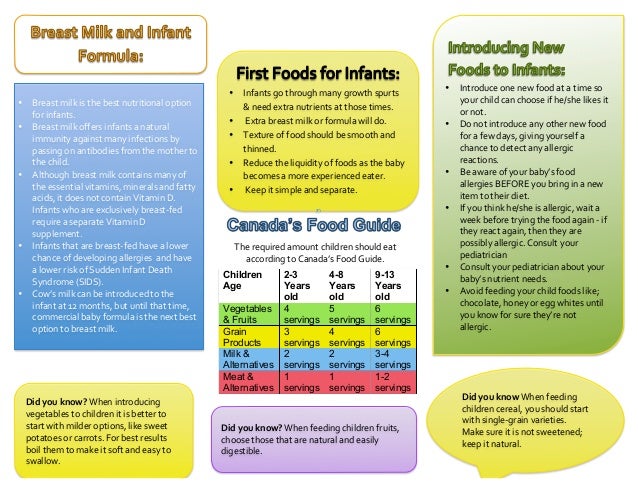 It's all about the protein beta-casein. Unlike cows, goats naturally produce only A2 beta-casein, a type of protein that is easier to digest and helps babies improve their gut microbiota, reduce tummy problems, and normalize stools. nine0003
It's all about the protein beta-casein. Unlike cows, goats naturally produce only A2 beta-casein, a type of protein that is easier to digest and helps babies improve their gut microbiota, reduce tummy problems, and normalize stools. nine0003
Beta-casein A1, a protein that can disrupt the natural rhythm of digestion in a small child and cause constipation, bloating, inflammation, and pain, becomes an antihero. A1 beta-casein is found in the milk of most cow breeds, but breast and goat milk are free of it.
Goat's milk contains A2 beta-casein, which is easier to digest and better absorbed by the baby's bodyGoat's milk reduces the risk of allergic reactions. Is it true? nine0015
Alpha-S1 casein is another type of milk protein that your baby's tummy is particularly sensitive to. It is considered the main cause of milk allergy, which in children of the first year of life can manifest itself as reddening of the cheeks, rashes on the face, and in other cases, diarrhea, vomiting.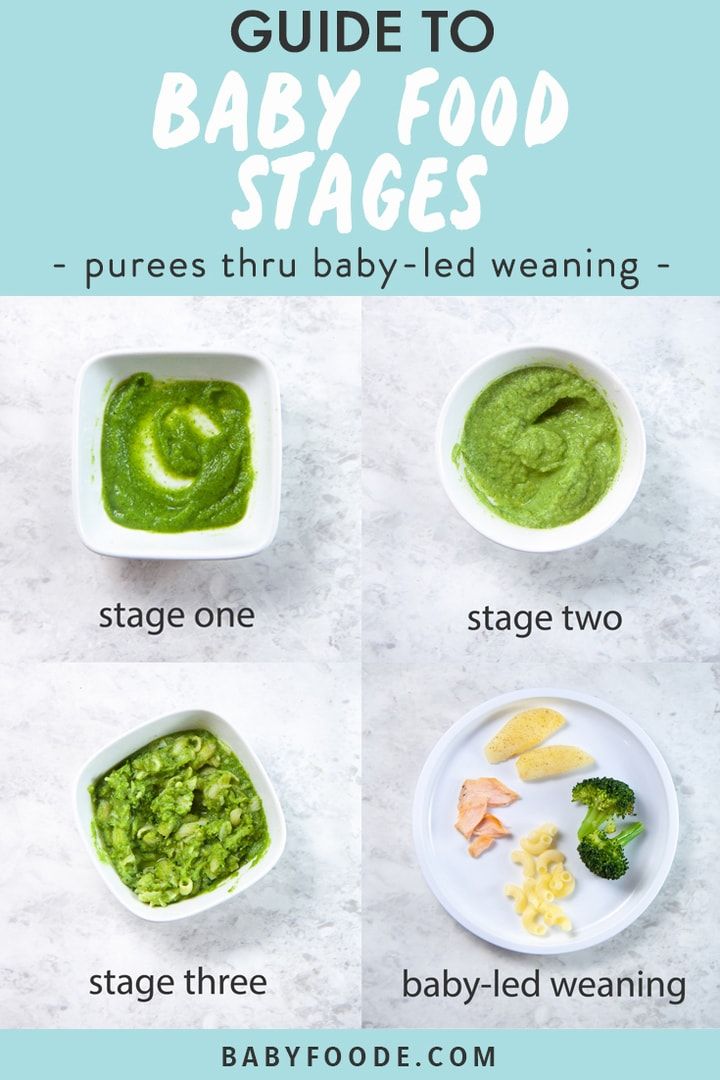
In addition, this protein, when coagulated in the stomach, increases the density of the curd clot. And the denser it is, the worse the protein component is absorbed and the higher the load on the children's body. Alpha-S1-casein is found in high concentrations in cow's milk, in breast milk it is completely absent, in goat milk it is present, but in minimal quantities. nine0003
How does goat's milk improve nutrient absorption and prevent constipation?
Another feature of goat milk is that its fat globules are small. They are distributed evenly and do not stick together compared to those in cow's milk. This is important because the smaller the lipid molecule, the easier it is for saliva and stomach enzymes to break it down into smaller particles, and the digestion process proceeds faster. Due to its high digestibility, goat milk fat is usually not deposited in the body. With baby food based on goat's milk, the mother will not worry about problems with the intestines, constipation, excessive weight gain in the baby.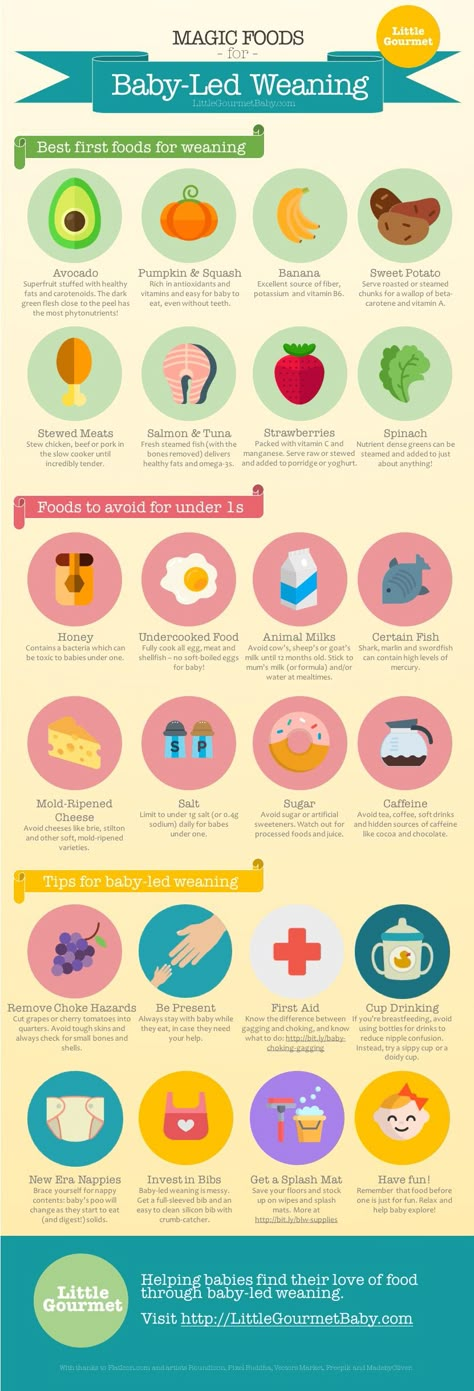 Proper lipid metabolism also ensures the normal absorption of vitamins and minerals, especially calcium and iron. And this is the prevention of rickets and anemia. nine0003
Proper lipid metabolism also ensures the normal absorption of vitamins and minerals, especially calcium and iron. And this is the prevention of rickets and anemia. nine0003
In addition, whole goat milk fat is a natural source of palmitic acid in the sn-2 position, which is the same natural source found in breast milk. The percentage of this fatty acid in breast milk is up to a quarter of the total fat mass - its presence has a positive effect on the development of the nervous system during the period of active growth of the child. In addition, palmitic acid in the position as in breast and goat milk itself is easily absorbed and does not interfere, and in many ways also helps to absorb other food components, including calcium. nine0003
But palmitic acid from palm oil, which is often found in mixtures, has a different sn-1 position. Studies have shown that this fatty acid is able to bind to the calcium in infant formula and form insoluble compounds. They can lead to tension and discomfort in the tummy, thickening and decreased stool frequency, and a lack of calcium for bone and tooth development in an infant.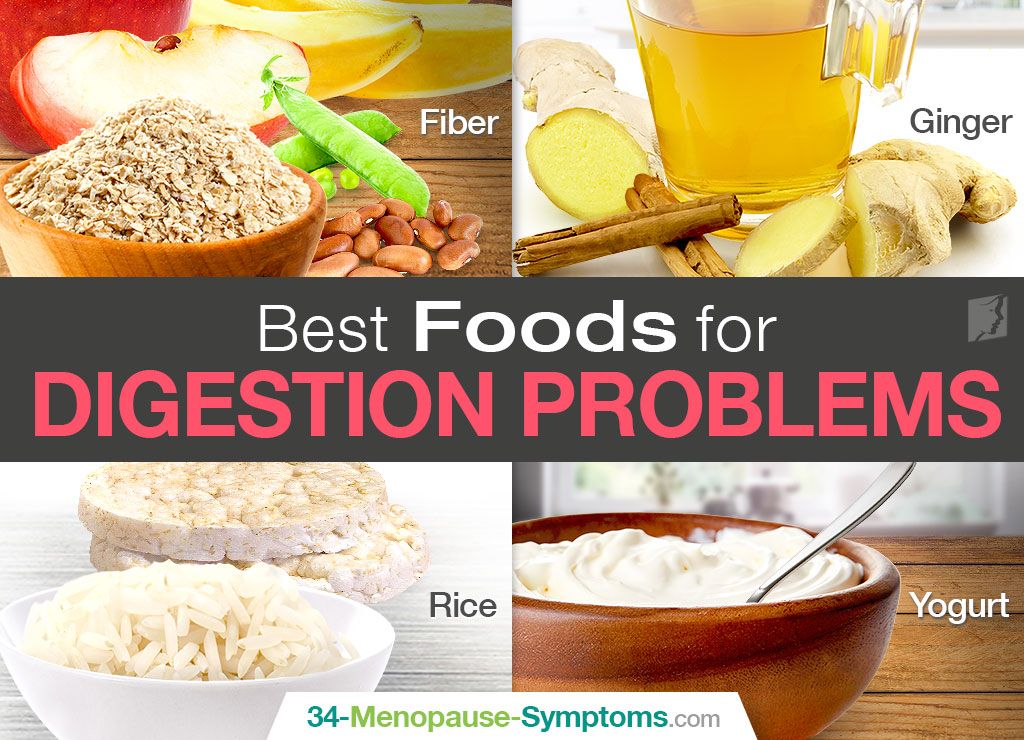 For this reason, some manufacturers have begun to phase out palm oil. Others use palm oil processing technologies to artificially “translate” palmitic acid from the sn-1 position to the sn-2 position, and then introduce it into the mixture. nine0003 Goat's milk formula contains palmitic acid, as natural as breast milk.
For this reason, some manufacturers have begun to phase out palm oil. Others use palm oil processing technologies to artificially “translate” palmitic acid from the sn-1 position to the sn-2 position, and then introduce it into the mixture. nine0003 Goat's milk formula contains palmitic acid, as natural as breast milk.
The natural benefits of goat's milk:
- Has a soft texture that does not irritate the mucous membrane of the gastrointestinal tract.
- Coagulates when digested into small and loose cheesy clots.
- The most allergenic milk protein is practically free.
- Has small fat globules that are fully absorbed even with digestive problems. nine0050
- It is a source of palmitic acid, which has a similar structure to palmitic acid in breast milk.
So, since the protein and fat components in goat milk are very similar to the proteins and fats of breast milk, it can serve as an easily digestible basis for baby food, as well as gently help digestion processes in the immature gastrointestinal tract of the baby, promote the absorption of vitamins and minerals.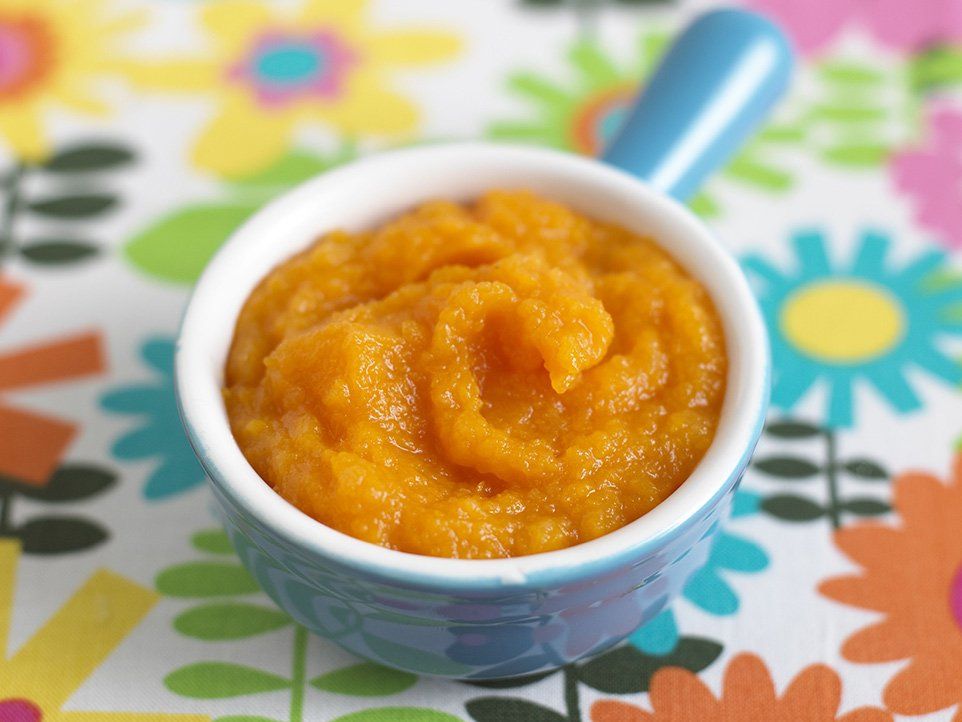 Receiving a product based on goat's milk, a child can easily meet the needs of his body for nutrients. And mom will have less worries about allergies and deficiencies. The baby's stool becomes more similar to the one that would be breastfed. And, of course, when the food comes up, the tummy does not disturb the baby - he smiles, sleeps more calmly, and nothing distracts him from communicating with his mother and exploring the world around him. nine0003
Receiving a product based on goat's milk, a child can easily meet the needs of his body for nutrients. And mom will have less worries about allergies and deficiencies. The baby's stool becomes more similar to the one that would be breastfed. And, of course, when the food comes up, the tummy does not disturb the baby - he smiles, sleeps more calmly, and nothing distracts him from communicating with his mother and exploring the world around him. nine0003
Read more about goat's milk in baby food here.
Is it possible to be allergic to goat's milk and is it possible to give baby food with goat's milk to allergy sufferers?
Milk proteins are responsible for allergies. Most babies take baby food with natural goat's milk without any problems. However, it should be remembered that children who are allergic to cow's milk proteins can sometimes cross-allergize, since goat's milk contains a small amount of similar proteins. nine0003
A child with an undiagnosed allergy, but a burdened history for prevention, can try to give goat mixtures, cereals, curds. However, you can find out the reaction of the body only after the product appears in the diet. In such situations, the infant diet should always be discussed with a doctor who has been observing the baby since birth and knows the characteristics of his health.
However, you can find out the reaction of the body only after the product appears in the diet. In such situations, the infant diet should always be discussed with a doctor who has been observing the baby since birth and knows the characteristics of his health.
MAMAKO ® Premium infant formulas are produced from environmentally friendly raw materials at a specialized plant in Spain using European production technologies. This is baby food without palm oil, adapted for ages 0-6 months, 6-12 months, 12-36 months. Due to its composition, such baby food has beneficial properties for growth and development.
- Natural goat's milk helps easy absorption of products based on it, which is noticeable from the first day. nine0050
- Palmitic acid from goat milk fat is similar in structure to palmitic acid in human milk.
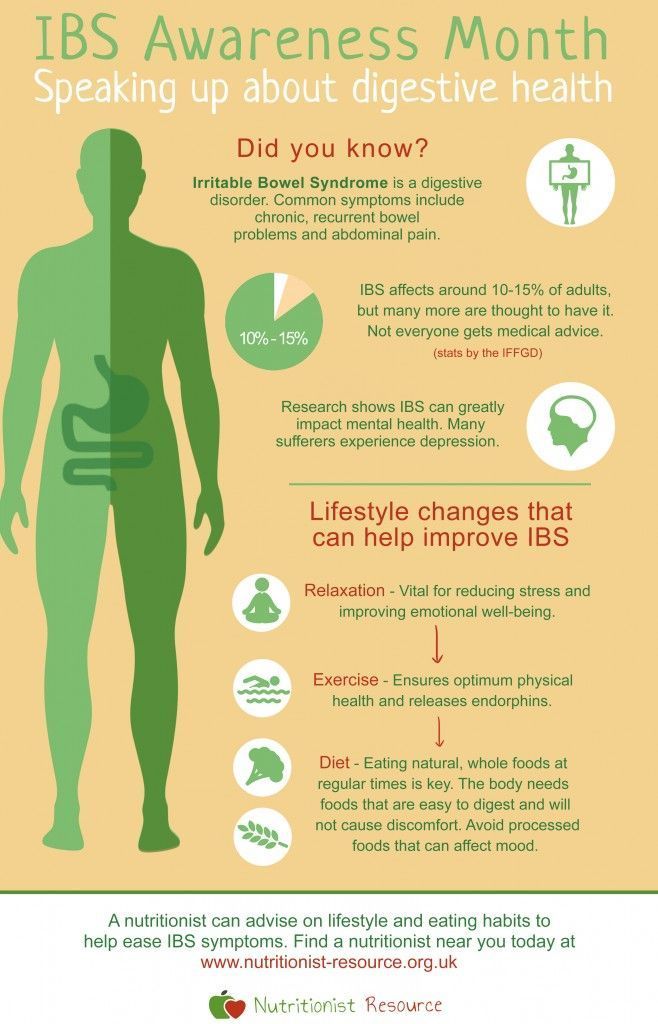
- IQ-complex, containing lutein, DHA and ARA fatty acids, helps the comprehensive development of the nervous system, visual function. It has no analogues from other manufacturers of milk formulas for newborns on goat's milk.
- A complex of probiotics and prebiotics helps build the gut microbiota and protect digestion.
- Nucleotides help the development of immunity, resistance to viruses and bacteria. nine0050
MAMAKO ® baby food range also includes gluten-free first-feed cereals, diet expansion cereals and delicious cereals with natural berries and fruits, organic baby cereals, fruit purees with goat curd, vegetable cream soups for a varied diet for babies and tasty. Goat milk in the composition of the product improves the digestibility of all components found in cereals, vegetables and fruits. Soft creamy taste of mixtures and complementary foods with goat milk from MAMAKO ® is loved even by small children. We recommend that you consult with your pediatrician to find out which product and at what age is best for your child.
Want to be the first to read our content? Subscribe to our telegram channel or VKontakte group.
We are in Zen - join us!
Our Blog in - Pulse Mail.ru
Digestion in newborns and infants and its features
Kiseleva Elena Sergeevna
PhD, Scientific Advisor MAMAKO ®
Digestive disorders in children under one year old - regurgitation, abdominal pain, vomiting, changes in stool up to diarrhea - one of the most common causes of parental anxiety. Understanding the peculiarities of the digestion of infants, the influence of mother's milk and infant formula on this process will help reduce the anxiety of parents and find out if everything is normal in a child, how to improve digestion, in what cases treatment is required. nine0003
When does the gastrointestinal tract mature in children?
The digestive system is not fully formed by the time of birth and continues to develop after birth, and most actively in the first year of a child's life.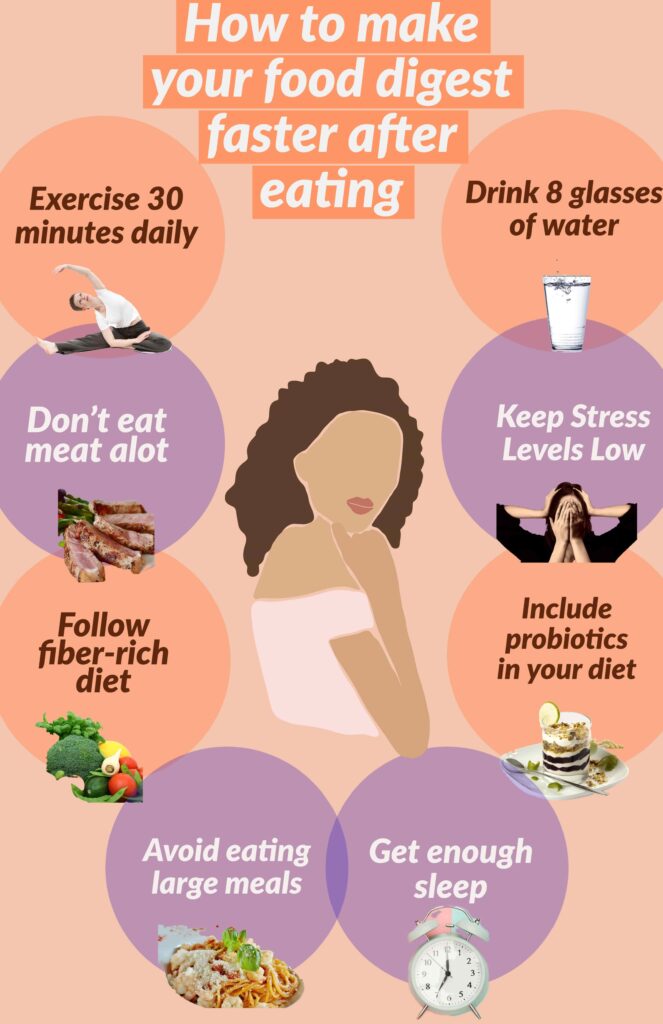 Due to the anatomical and physiological characteristics of the digestive organs and the immaturity of the enzymatic systems, until about 4-6 months of age, the baby's gastrointestinal tract is simply not adapted to the digestion of solid food. Breast milk and/or adapted infant formula is all your baby needs before complementary foods are introduced. nine0003
Due to the anatomical and physiological characteristics of the digestive organs and the immaturity of the enzymatic systems, until about 4-6 months of age, the baby's gastrointestinal tract is simply not adapted to the digestion of solid food. Breast milk and/or adapted infant formula is all your baby needs before complementary foods are introduced. nine0003
Physiology of the child's digestion from birth
| Salivary glands | The role in the digestion of the newborn is weak. The glands produce little saliva, and its enzymatic activity is not enough to start the breakdown of food in the mouth. Increased salivation occurs at 2.5-3 months. At the 4th month of a child's life, saliva acquires the ability to foam and wet the food bolus. The content of enzymes in it increases. nine0133 |
| Stomach | At birth, the volume of the stomach is only 8-10 ml, so the baby has enough colostrum.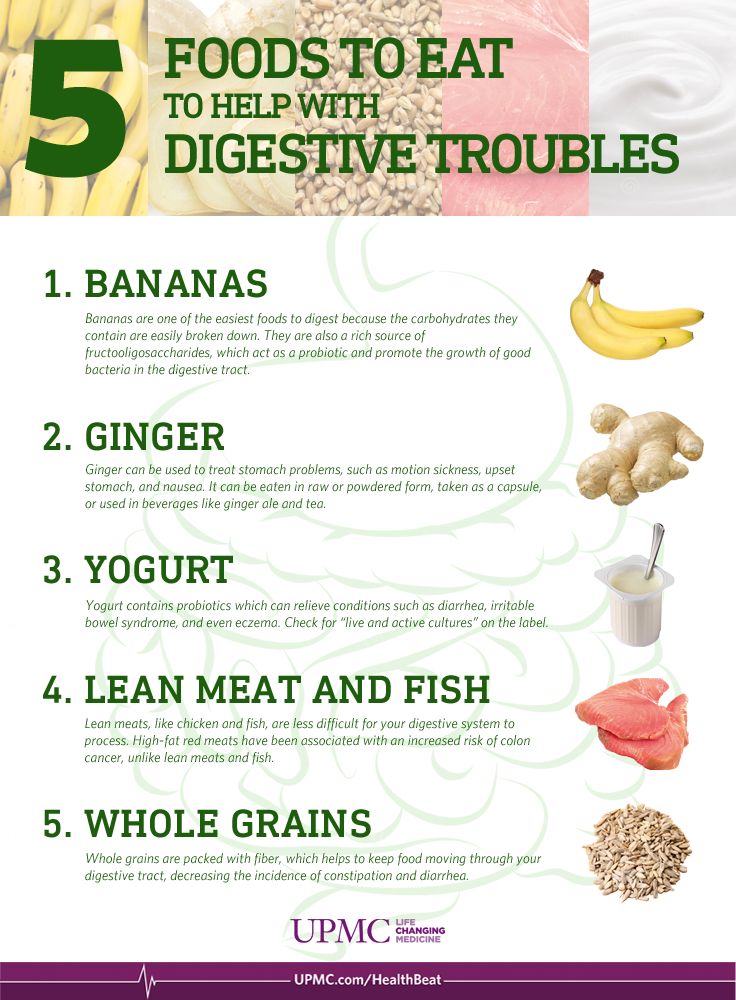 Gradually, the baby's need for nutrition grows, the stomach increases, but since the stomach is located almost horizontally, and the sphincter between the esophagus and stomach is still weak and cannot hold large amounts of food, newborns often spit up. Regurgitation is also facilitated by swallowing air during sucking (aerophagy), with improper feeding technique, a short frenulum of the tongue, greedy sucking, too rapid release of milk from the mother's breast. With age, the stomach takes up a vertical position, and normally regurgitation stops. nine0133 Gradually, the baby's need for nutrition grows, the stomach increases, but since the stomach is located almost horizontally, and the sphincter between the esophagus and stomach is still weak and cannot hold large amounts of food, newborns often spit up. Regurgitation is also facilitated by swallowing air during sucking (aerophagy), with improper feeding technique, a short frenulum of the tongue, greedy sucking, too rapid release of milk from the mother's breast. With age, the stomach takes up a vertical position, and normally regurgitation stops. nine0133 |
| Intestine | Motor skills in young children are more active, which contributes to frequent bowel movements. The norms of the chair in a child up to a year depend on the type of feeding and change with age. Infants are also characterized by a high permeability of the delicate intestinal mucosa, which contributes to the occurrence of digestive disorders and the occurrence of food allergic reactions. |
| Enzymes for digestion | The composition of enzymes that are produced in the stomach and intestines of infants is the same as in adults, but the enzymatic activity is lower. Therefore, enzymes in babies up to the age of 4-5 months are best able to digest only breast milk or milk mixtures close to it in composition. |
Can food cause digestive problems?
Despite the fact that during the first half of the year the child receives one type of food - dairy - it can affect digestion in different ways. Mom's milk is the perfect food for babies, providing an incredible variety of nutrients and elements that aid digestion and protect against infections. nine0003
Breast milk is easily digested in 2-3 hours and is completely absorbed. However, with breast milk, the child somehow gets everything that the mother eats. Therefore, the baby may not tolerate some foods eaten by a nursing mother, in some cases, he may have allergic manifestations.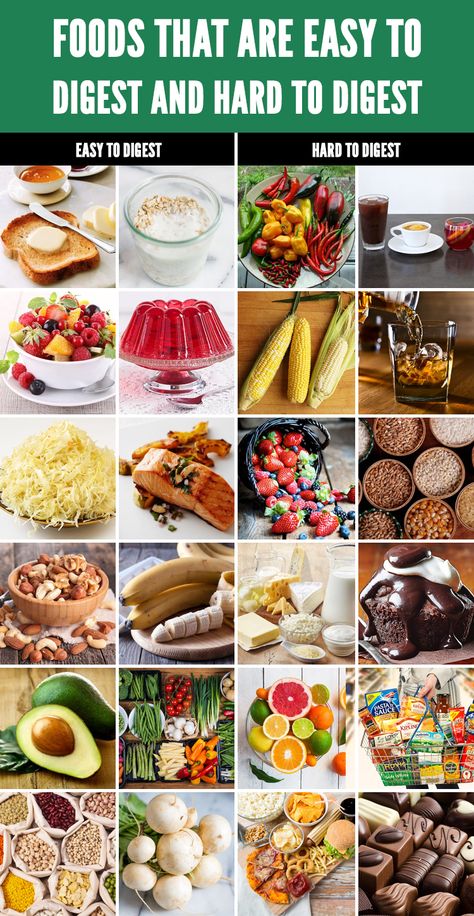 Since cow's milk proteins are the most common cause of food allergies in infants, milk or dairy products must be eliminated from the mother's diet. Also, if a mother is breastfeeding a baby, she should take medications, especially antibiotics, with caution. nine0003
Since cow's milk proteins are the most common cause of food allergies in infants, milk or dairy products must be eliminated from the mother's diet. Also, if a mother is breastfeeding a baby, she should take medications, especially antibiotics, with caution. nine0003
Standard infant formula takes an average of 3-4 hours to digest. This process is affected by the milk base of the formula. For example, goat milk proteins take 20-30 minutes to digest and assimilate, as they are easily digested and absorbed, just like breast milk proteins. Of course, this has a positive effect on the digestion of the child. Cow's milk proteins are digested more slowly, up to two hours, while the baby's gastrointestinal tract is under a lot of stress. nine0003
The introduction of complementary foods to children under one year old is a new and very important stage associated with the development and formation of the digestive system. Violation of the rules for the introduction of complementary foods, too early an introduction to solid food or foods that are not appropriate for the age of the baby, can lead to serious disruption of the child's digestive system - impaired stool, skin changes and other unwanted symptoms.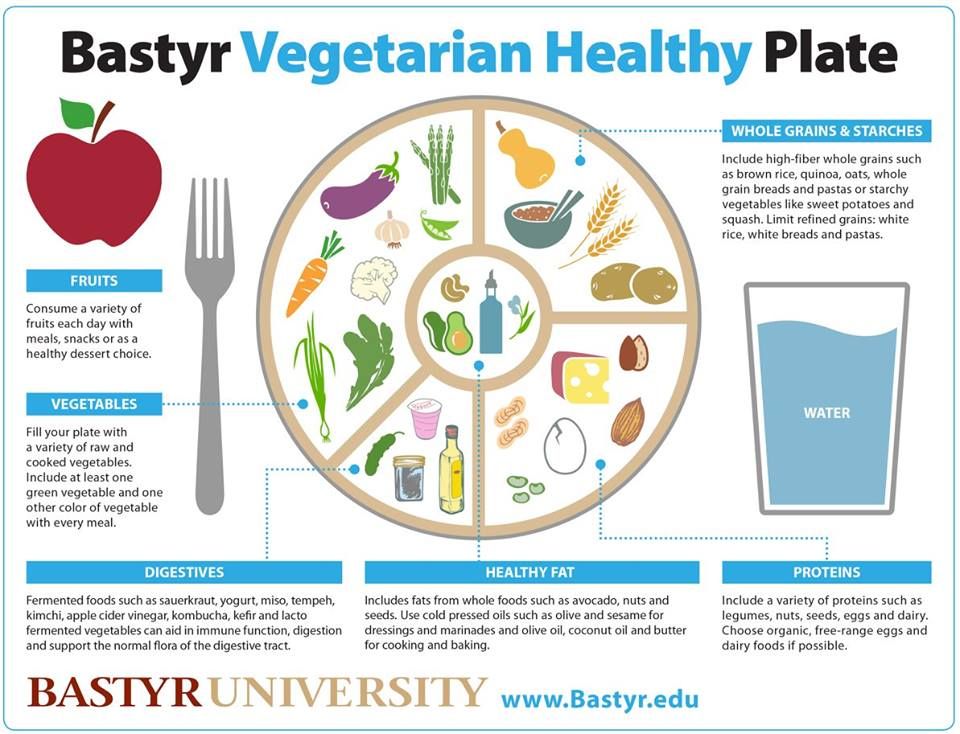
What digestive problems do parents most often face? nine0009
It is important to understand that due to the immaturity of the gastrointestinal tract (insufficient activity of a number of digestive enzymes and juice secretion, increased permeability of the intestinal mucosa), the intake of food in the child's body may be accompanied by various reactions, often unpredictable.
Restlessness during feeding, nervous sucking, continuous crying, body rash, constipation or loose stools, undigested food in the stool - if these symptoms appear, promptly take the child to the pediatrician to identify the cause of their occurrence and get the necessary help. nine0166
However, most digestive disorders in newborns and infants are physiological (functional), that is, they are considered a normal variant during the period of adaptation and development of the digestive system. Such conditions appear in healthy children after birth, but disappear with time. Most of them are found with almost the same frequency on both natural and artificial feeding.
Functional digestive disorders in children
Pathological and acute digestive disorders in children
During the introduction of cereal complementary foods, children may develop an allergic reaction to gluten, a vegetable protein found in wheat, oats, rye, and barley. Typical symptoms of this condition are prolonged diarrhea, increased stools, bloating and enlargement of the abdomen. That is why doctors recommend starting cereal complementary foods with gluten-free cereals: buckwheat, corn and rice. This is to prevent the development of allergic reactions to gluten.
What else is important? Like the digestive system, the gut microbiota forms and matures gradually. In modern pediatrics, it is believed that in the first hours of life, the intestines of a newborn are not devoid of bacteria. He first comes into contact with the microbial world of the mother in utero. Of course, more active bacterial colonization occurs from the moment of birth. The process will be affected by how the baby was born - physiological or caesarean delivery, early breastfeeding, breastfeeding, type of infant formula, care items, environment and other factors.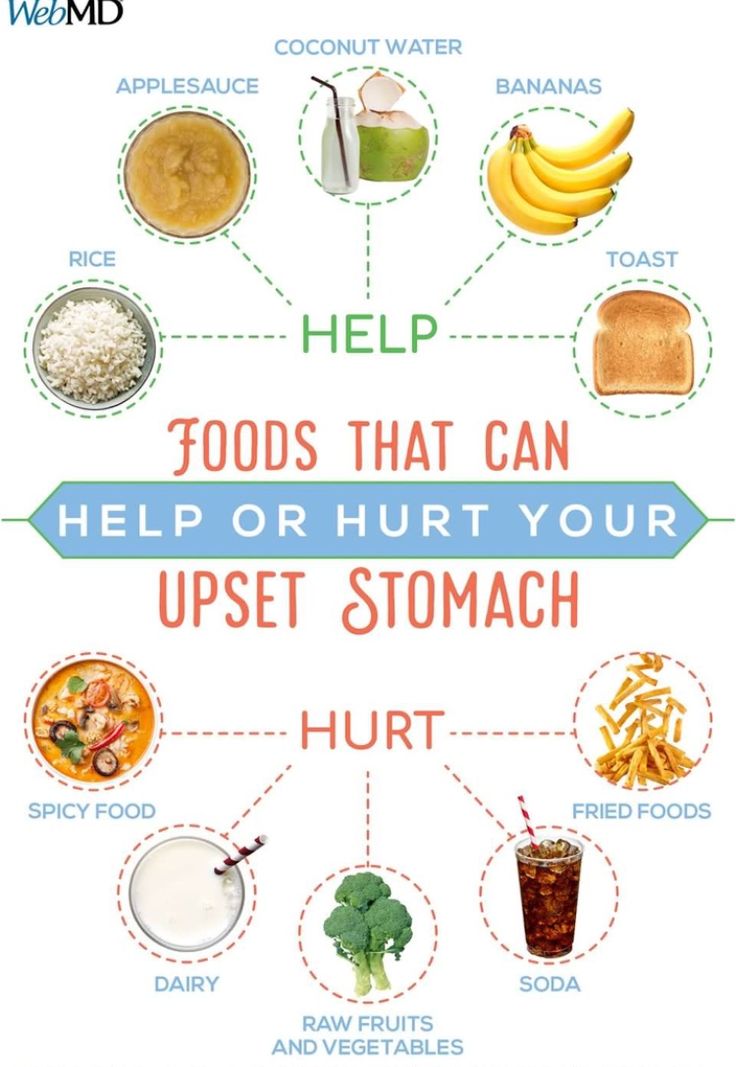 nine0003
nine0003
How to improve and restore digestion in a child
The digestive system in infancy can fail. But before taking any action, parents should, together with the doctor, find out the cause of the baby's digestive problems.
Against the background of developing disorders, it is often necessary to adjust the diet of a nursing mother and exclude overfeeding on demand or change the type and volume of the formula. Unfortunately, in pursuit of ideal nutrition, some mothers often begin to transfer the child from one mixture to another, which is unacceptable and can lead to a worsening of the situation. nine0003
When choosing a formula, you should pay attention to its composition and benefits in accordance with the characteristics of the child's digestion. For feeding healthy children, adapted mixtures of goat's or cow's milk are used. In addition to the fact that goat milk protein is easier to digest, goat milk-based formulas are known for their ability to improve the intestinal microflora, as they contain dietary fibers, prebiotics, which are similar in structure to prebiotics - breast milk oligosaccharides, which help “good” bacteria multiply, reduce the risk of infectious diseases and strengthen children's immunity. nine0003
nine0003
Studies have confirmed that it is the 2'-FL oligosaccharide that has the highest biological activity and plays a key role in the formation of a healthy microflora in the intestine.
Digestive comfort will be even better if other varieties of prebiotics, such as galactooligosaccharides and probiotics - bifidobacteria, are added to the goat milk mixture. These components also normalize the activity of the gastrointestinal tract, prevent colic, flatulence and constipation, improve digestion and help the absorption of beneficial nutrients, vitamins and trace elements. In the complex, pre and probiotics work together and their beneficial effects on digestion and immunity of the baby are enhanced. nine0003
Digestion and absorption of fats is also better and faster when fed with goat milk formulas. This is due to the fact that today it has become possible to add whole goat milk fat to the mixture, which is similar in structure to the fat globules of breast milk - the ease of assimilation is similar to the ease of assimilation of mother's milk.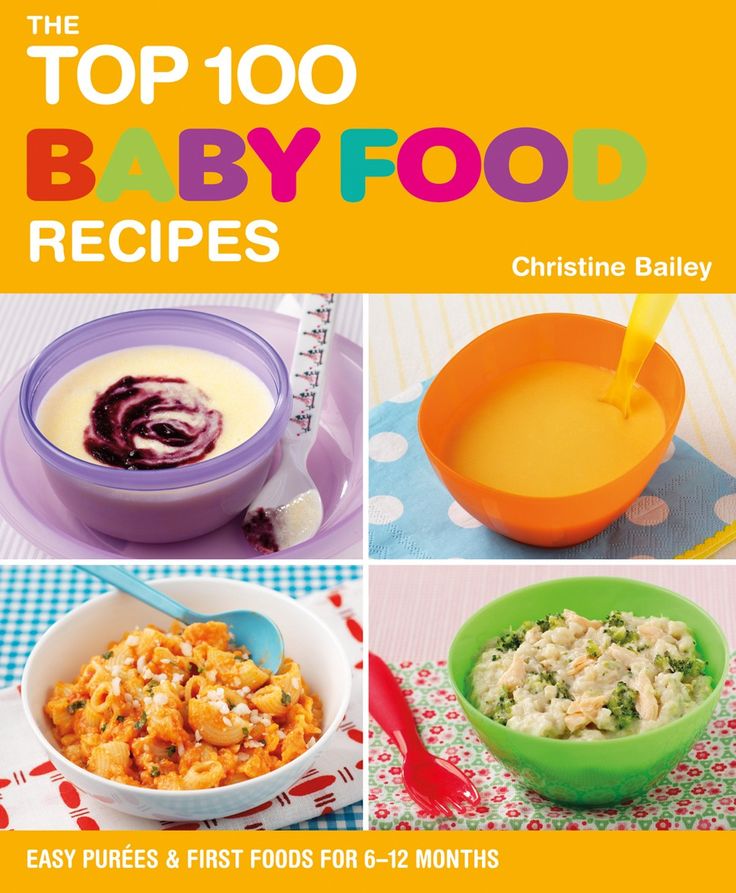 MAMAKO ® Premium Infant Formula contains milk fat from whole goat milk, which is easily digestible and makes the stool soft. nine0003
MAMAKO ® Premium Infant Formula contains milk fat from whole goat milk, which is easily digestible and makes the stool soft. nine0003
Although goat protein is also a potential allergen, the incidence of food allergy to goat milk formulas is several times lower compared to cow milk formulas. If the child tolerates the goat mixture well, then for complementary foods it is better to introduce milk porridges and curds also based on goat milk.
In case of lactase deficiency, allergy to cow's milk proteins, severe regurgitation and other pathological conditions, therapeutic mixtures are recommended. Drug therapy is prescribed either in a complex of measures, or in cases where diet, massage and other means are ineffective. nine0003
Among other things, you should pay attention to food hygiene: keep bottles and nipples clean, do not feed the baby with re-frozen breast milk, the remnants of unfinished formula. This will minimize the risk of intestinal infections.
The gastrointestinal tract of newborns and infants has physiological features and is under development. Features of the digestion of infants quite often provoke the occurrence of colic, regurgitation, constipation and other functional digestive disorders. In most cases, such conditions are temporary, they are not associated with any pathology. However, any changes in the child's health should be discussed with the doctor immediately. The doctor will correctly diagnose and advise how to establish comfortable digestion. nine0003
Features of the digestion of infants quite often provoke the occurrence of colic, regurgitation, constipation and other functional digestive disorders. In most cases, such conditions are temporary, they are not associated with any pathology. However, any changes in the child's health should be discussed with the doctor immediately. The doctor will correctly diagnose and advise how to establish comfortable digestion. nine0003
* Breast milk is the best food for babies. WHO recommends exclusive breastfeeding for the first 6 months of a child's life and continued breastfeeding after complementary foods are introduced until the age of 2 years. Before introducing new products into the baby's diet, you should consult with a specialist. The material is for informational purposes and cannot replace the advice of a healthcare professional. For feeding children from birth. The product is certified.
Information sources
1.
Propaedeutics of childhood diseases. Ed. R. R. Kildiarova, V. I. Makarova, Moscow, GEOTAR, 2022.
Ed. R. R. Kildiarova, V. I. Makarova, Moscow, GEOTAR, 2022.
2.
The program for optimizing the feeding of children in the first year of life in the Russian Federation. M., 2019.
3.
EFSA Panel on dietetic products, nutrition and allergies (NDA). Scientific opinion on the suitability of goat milk protein as a source of protein in infant formulae and in follow-on formulae. — EFSA Journal. — 2012. URL: https://doi.org/10.2903/j.efsa.2012.2603
four.
Leeuwen van Sander S. et al., Goat milk oligosaccharides: their diversity, quantity, and functional properties in comparison to human milk. Journal of Agriculture and Food Chem., 2020.
five.
Sun, Y., Wang, C., Sun, X. & Guo, M. Comparative proteomics of whey and milk fat globule membrane proteins of Guangzhou goat and Holstein cow mature milk. — Journal of Food Science.